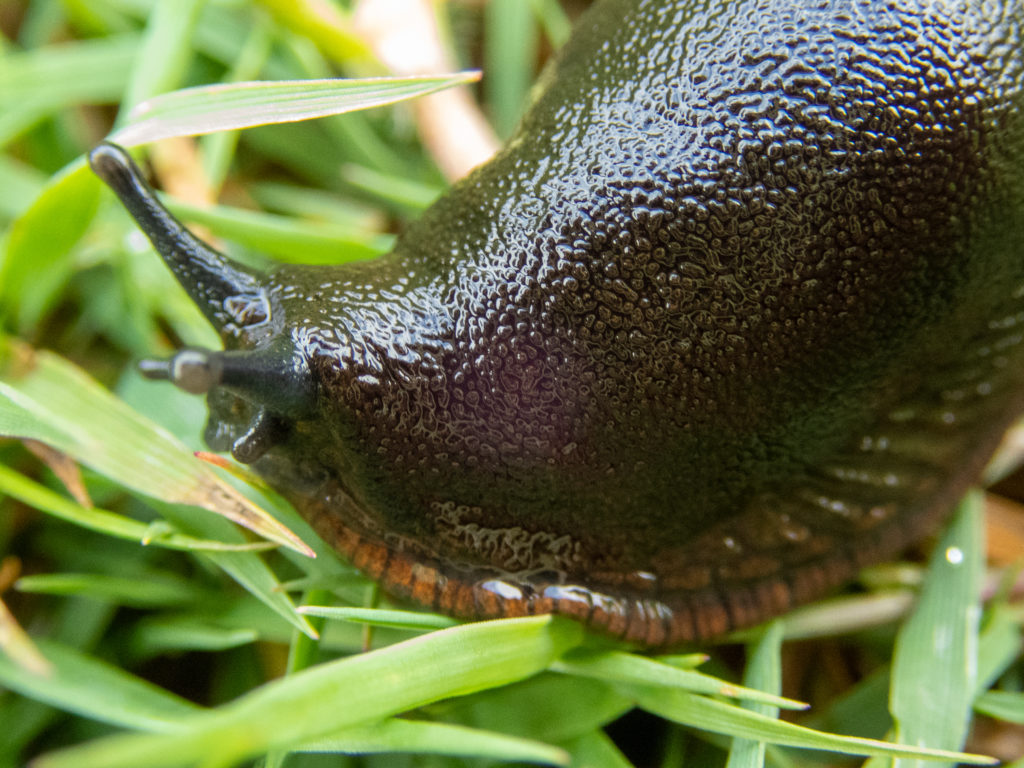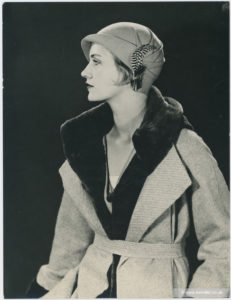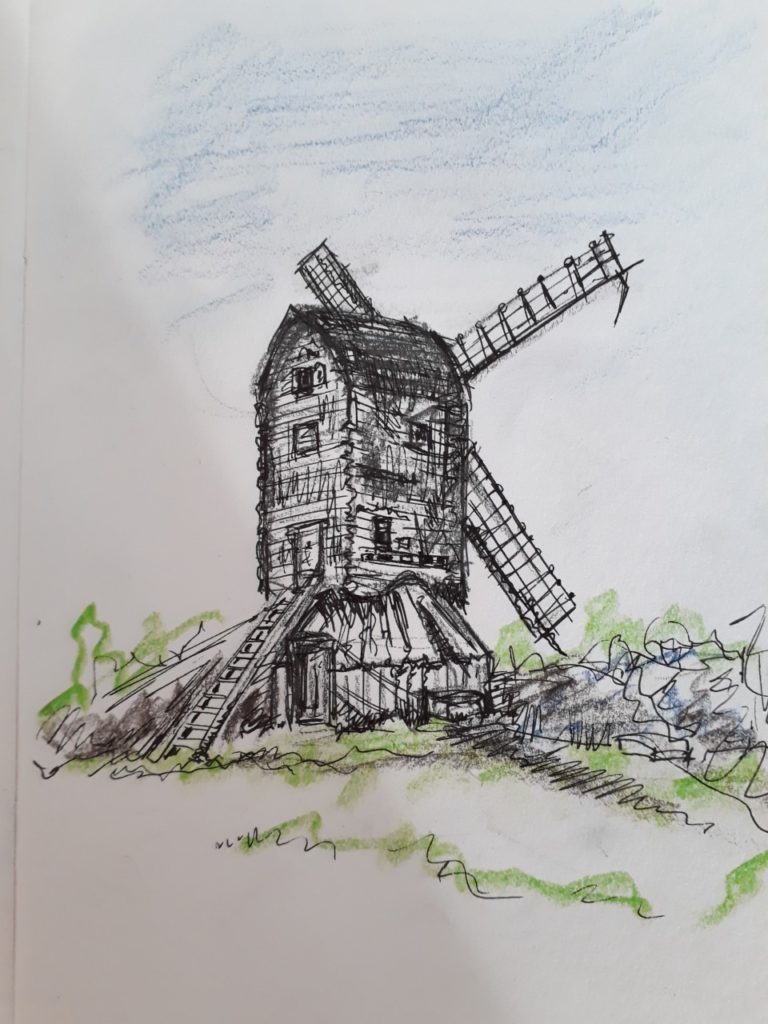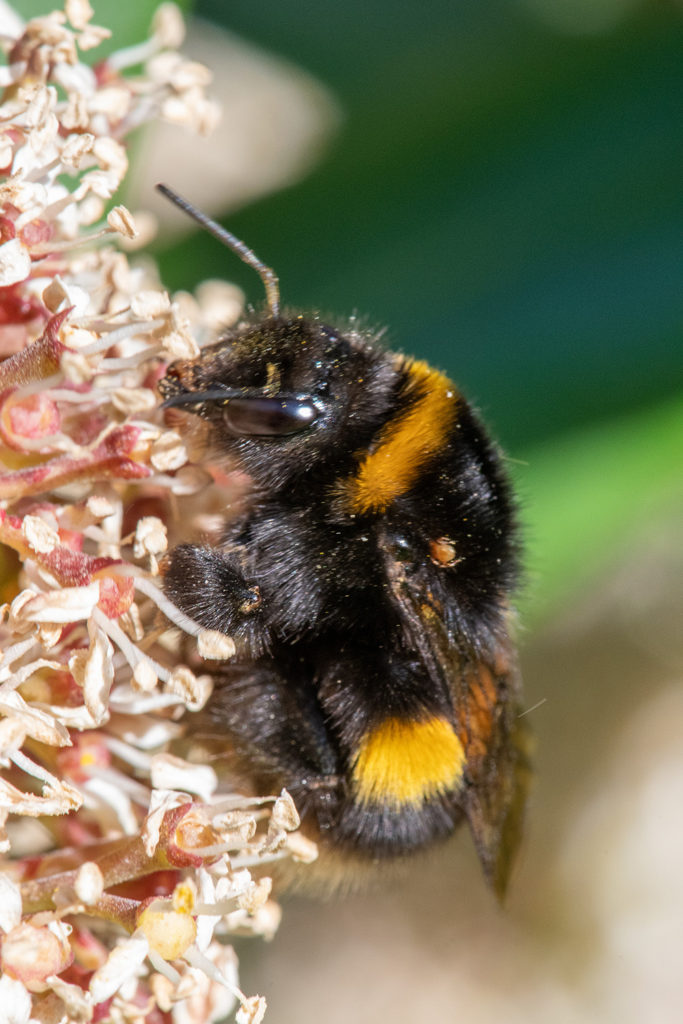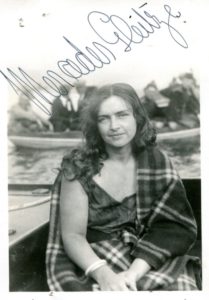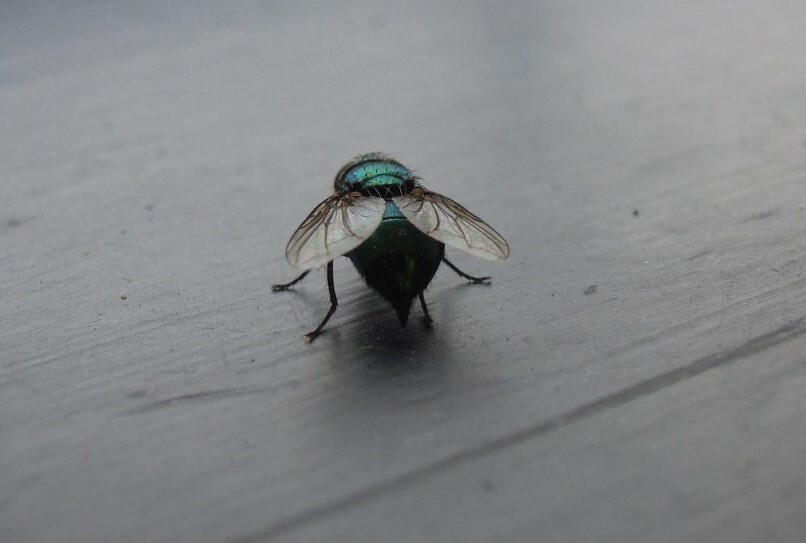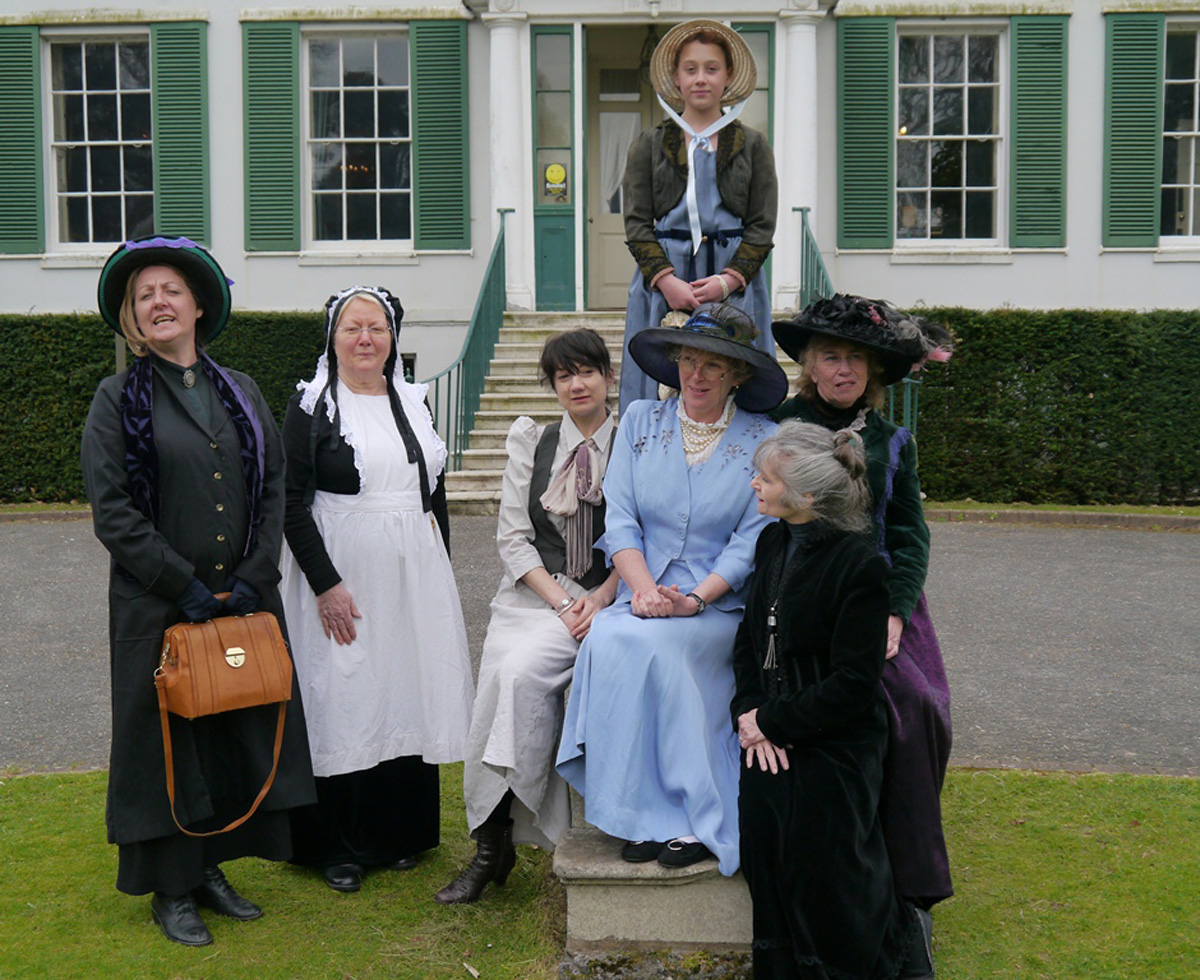
This is a legacy story from an earlier version of our website. It may contain some formatting issues and broken links.
In 2012 I was the Adult Learning Officer for the Adult Event Programme creating and running public events across Royal Pavilion & Museums. This was one of 46 events that were programmed in 2012.
This picture shows the team of costumed staff members and museum volunteers who took part in a living history day at Preston Manor on the subject of the Edwardian ‘At Home.’

Lady Ellen Day 7 April 2012
This event was set on 7 April 1912 and re-enacted a fictional day in the life of Ellen Thomas-Stanford who lived at Preston Manor at the time. For the purposes of the event history was tweaked a little because in 1912 Ellen was not yet Lady Ellen, a title that came to her in 1929 when her husband, Charles was made a baronet in the New Year’s Honours in recognition for his years of public service.
What is an ‘At Home’?
An ‘At Home’ was a social day in which the lady of the house would be at home to receive invited guests. It was a semi-formal social occasion which could be on a grand or small homely scale.
Lady’s World Magazine (1909) gives readers the following advice
“It is, of course, tacitly understood that a visiting card stating when ‘At Home’ conveys an invitation to be used at the recipient’s convenience or pleasure. And the preparations of the day set apart in well-ordered households involve no serious derangement of the daily routine – although flowers may be more abundant and arranged with greater care, and a few dainties added to the tea table. But an ‘At Home’ is a thing apart; a special function to which a crowd is invited; not necessarily involving great expense, but which may give a deal of trouble, the house more often than not turned upside-down in the process”
1912 in History
In preparation for the event I prepared an information pack for everyone taking part so they could familiarise themselves with the year in which they were to live for a day.
For a historic house living history event to be authentic you cannot have characters from history using modern language.
Talking the language of 1912
On 7 April 2012 conversation at Preston Manor must, I advised, use as many of these words as possible, especially people dressed as servants. Ellen Thomas-Stanford would not have used the slang-words listed here. It is interesting to consider which of these 1912 words and expressions exist today and which have become extinct in modern speech.
Blotto = drunk
Blue devils = to be sad or depressed, “I’ve got the blue devils”
Brew = tea, also ‘char’ “a nice cuppa char”
Buffer = an old man
Clobber = clothing
Crikey! = an exclamation of surprise
Fast = extravagant or wild, “polo players can be somewhat fast”
Footle = to talk nonsense or waste time, “stop footling and do some work”
Gas = idle talk, “stop gassing and do some work”
Graft = work
Hook it = to escape or run away
Hoyden = a boisterous young girl
Moithered = flustered or agitated
Off his chump = crazy
On the peg = under arrest
On the doss = being a tramp
Rag = to tease, to ‘rag someone’ is to tease them
Slavey or skivvy = a maid-of-all-work (the lowest level in female domestic service)
Tiffin = lunch or a snack
Toe-rag = a vagrant
Tosh = rubbish or nonsense, “you’re talking tosh”
Vapours = a faint (in a woman) “she had a fit of the vapours”
Wizard! = an exclamation of excellence, “that lemonade is wizard!”
Having a conversation 1912 style
An ‘At Home’ was all about polite conversation with the social etiquette advice to avoid certain subjects. Areas to be avoided were politics, religion, relationships, a person’s age, weight or appearance, money and financial matters of all kinds. Complaining, gossiping or grumbling was also forbidden.
What could you talk about?
Acceptable subjects included talk of the weather, your surroundings (admiring the view to the gardens, for example) the well-being of mutual friends and acquaintances (without gossiping) children and pets. You might ask someone “how do you know (the host)?” You will never ask “what do you do?” as this question is too intrusive.
The aim was small-talk, described in Debrett’s guide to Everyday Etiquette as “the fuel that makes social encounters run smoothly. In general, British conversation will run very smoothly if you avoid direct questions, and opt for oblique evasions and general comments. Once you’ve learned to decode small talk, you’ll be surprised how revealing it is”
In 1912 there was much going on in the wider world
I made the following list as subjects for those involved in the event to be aware of
The sinking of Titanic
Suffragettes calling for Votes for Women
The poetry of Rupert Brooke
Fancy dress parties were popular
Industrial unrest & strikes (dockers & railway workers)
Captain Scott reached the South Pole on 12 January 1912
King George V (came to the throne in 1911) crowned Emperor of India in December 1911
Home Rule for Ireland or ‘the Irish Question’ dominated politics
People would be reading books by Thomas Hardy, Rudyard Kipling, Walter de la Mare, Joseph Conrad, Arnold Bennet, EM Forster and HG Wells
The Prime Minister was Herbert Henry Asquith (Liberal)
The monarch (crowned in 1911) was George V (his wife was called Queen Mary)
In 1911 the Mona Lisa was stolen from the Louvre in Paris (it was recovered in 1913)
The Olympic Games were held in Stockholm, Sweden
1912 facts and statistics
Living a day in 1912 required event staff to consider the following:
Every element of your life from birth, education, employment to old age and death depended on your family wealth. There was very little social security support outside family. In 1912 life expectancy was 54 for women 50 for men. Today life expectancy is 78 for men and 82 for women. Only 5% of the population were over 65. Today nearly 20% of the population is over 65.
The richest 1% of the population held 70% of the wealth
Childhood was short, effectively over at age 11 when most poor children left school.
In 1911 a large comfortable family house would cost £600 (the majority of people lived in rented accommodation – much of it slum quality. Only the very wealthy owned property)
As a rule, only women from the lower social scale worked. Middle-class and upper-class women viewed marriage as their career and most never held paid employment.
Social inequality was pronounced in 1912 though it was not a subject you would discuss at an ‘At Home’ unless you were talking about charitable causes you might be involved with (spoken of without boasting)
How long did an ‘At Home’ last?
Lady’s World Magazine (1909) suggested,
“One can never decide beforehand how long it may be expedient to remain; for, nowadays, many afternoon social functions include good music, singing, palmistry and other attractions which serve to pleasantly while away a couple of hours or so. At simple affairs comprising of nothing more than tea and conversation, one is usually guided by circumstance. From a crowded room where the ball is kept briskly moving, guests of no particular interest are scarcely missed and may, if disposed, and have finished tea in time, leave at the end of half-an-hour without giving the impression of being in too great a hurry. But in making plans for the afternoon, it is well that a good hour should be allowed for the visit”
Costumed characters
Everyone involved in the event had a character to play from Lady Ellen and her friends to members of the household staff and a visiting Suffragette. Costume was provided but no script. All speech was improvised. My call-out to volunteer drama students stated, ‘you will have the freedom to improvise your role – to speak or not to speak or be seen silently fulfilling simple domestic tasks in the house (as a maid you might be found dusting a room or carrying a tray of tea). You will be working with fellow students alongside experienced historical interpreters who work at Preston Manor.’
Women were reminded not to wear make-up or nail polish and to remove jewellery, piercings and all must have nothing about their person that was of the present-day.
Saturday 7 April 2012
The day was packed with events at Preston Manor. ‘At Home with Lady Ellen’ was followed by a book launch of The Haunting of Tabitha Grey by Sussex author, Vanessa Curtis, a book aimed at the teen audience and set in a fictional Preston Manor. The launch included dramatised readings from Tabitha Grey and was attended by Councillor Anne Meadows, then Mayor of Brighton and her husband consort Mr Tony Meadows plus Ms Curtis’s literary agent and publishers, the Features Writer from the Evening Argus, the editor of The Ghost Club Magazine, representatives from The Virginia Woolf Society, members of the Paranormal Investigations Group Sussex and many others.
Paula Wrightson, Venue Officer Preston Manor
